The Cold War was a great ideological confrontation between the United States and the Soviet Union. Fought this war of ideologies largely through propaganda, espionage, and psychological warfare.
The end of the war saw the world become a united front against communism, with the United States as one of its main defenders. One of the ways propaganda influenced people during this war was through television.
Television became a powerful propaganda tool that reached millions in just a few minutes. We’ll explore some of the ways that the Cold War affected American society and its citizens. We’ll discuss the impact of nuclear threats, McCarthyism, and the space race on daily life and the psychological effects of living in a time of constant fear.
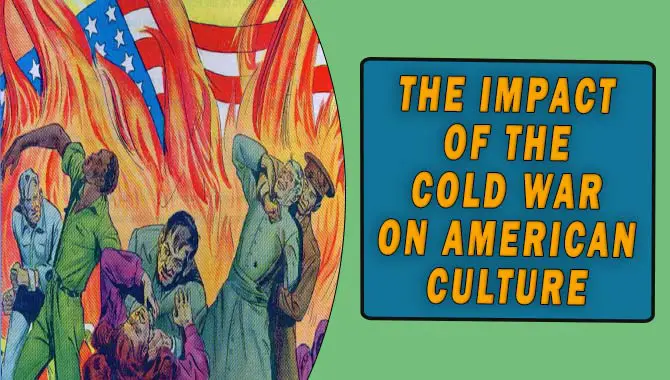
The Impact Of The Cold War On American Culture: Analysis On
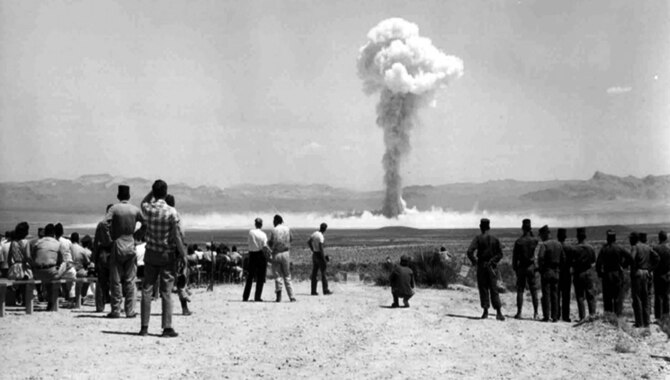
The Cold War lasted from 1947 to 1991 and was a decades-long struggle between the United States and the Soviet Union for global military and economic dominance. It was marked by tense negotiations, proxy wars, and large-scale arms races between the two countries. The competition between these two superpowers shaped American culture in many ways, from politics to pop culture.
The Cold War greatly impacted American culture because of its geopolitical importance and influence on the media. The media in both countries were heavily influenced by the conflict, with television shows such as “I Spy” or “Mission: Impossible” broadcast worldwide. These shows often depicted the conflict as a struggle between good and evil and portrayed Americans or Soviets as heroes or villains, depending on their country of origin.
The impact of the Cold War also extended to American popular culture in other ways. For example, during this period, many popular songs were released that dealt with themes of patriotism or fear regarding possible nuclear destruction by either country.
These songs helped shape public perceptions about the war and reminded them of its ongoing presence in global affairs. Overall, the Cold War had a lasting impact on American culture due to its importance as a source of political tension and international intrigue.
What Are Some Lasting Effects Of The Cold War On American Culture?
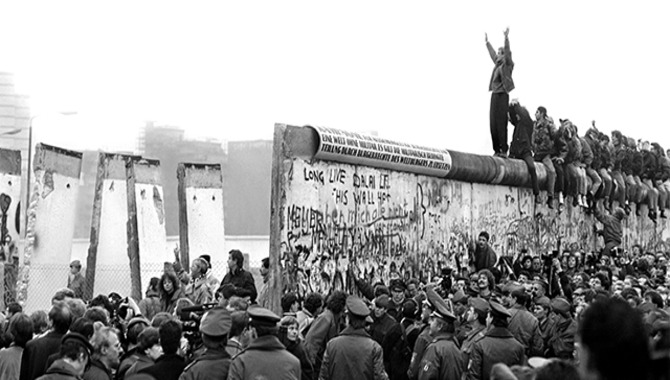
The Cold War is considered one of the most intense and volatile periods in American history, marked by an often-fierce geopolitical rivalry between the United States and the Soviet Union. War profoundly impacted American culture, with its roots in politics, media, economics, and culture.
The Cold War served as a backdrop for many popular films, television shows, and books that explored the tensions between the United States and the Soviet Union and the question of how to navigate them. These works often portrayed both countries as antagonists with little hope of reconciliation. However, they also offered a more nuanced view of the conflict, and some works even portrayed the two countries as potential partners in resolving global issues.
The Cold War also influenced American popular culture through music, including songs such as “Love Me Tender” by Elvis Presley and “I Want to Hold Your Hand” by The Beatles, inspired by the era. It also impacted fashion, with many prominent designers exploring new styles and trends inspired by the tension between East and West.
Finally, some say it played a part in shaping contemporary attitudes towards Russia and other nations involved in intense geopolitical rivalries. Overall, The Cold War remains one of America’s defining conflicts and has had lasting impacts on American culture.
The Impact Of The Cold War On The Development Of American Politics
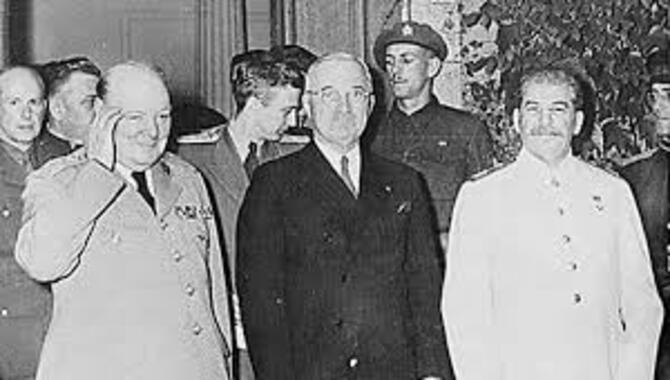
After the war had ended, the world entered a period of re-assessment and re-evaluation. A world full of uncertainty and trepidation was a world that America wanted no part of. With so much at stake, war-hungry politicians began to call for more government control over people’s lives.
The Cold War created paranoia in society, leading to a war-like view of communism and an increased sense of nationalism. This mindset led to heightened security measures and an increased focus on national defense.
In particular, it caused people to move out of cities and into suburbs, where they could feel safe behind high walls and watch towers. It also led to the development of radio and television as mass communication devices and civil rights movements such as those for women’s rights and racial equality.
The government also took on new powers, increasing taxes and becoming more involved in foreign affairs (Korea, Vietnam). This led to an overall war-like outlook toward communism, creating a culture of fear that continues today.
How Did The Cold War Change American Culture?
The Cold War created a fear of communist subversion, leading to the Red Scare spread throughout the United States. The fear of communism caused Americans to question their beliefs and activities, including their political views.
The possible nuclear annihilation during the Cold War also caused uncertainty and trepidation in the U.S. This prompted intense cultural opposition to anything branded with socialism or communism, as these terms were associated with ideologies that many Americans found foreign and threatening.
The anti-communist rhetoric of the time led to hostility and suspicion toward anyone who appeared to support communism or socialism, regardless of what they believed or how they advanced their cause. Thus, communist activities publicize widely across American society due to the Cold War. Resulting in increased public awareness and criticism of communism in general.
The U.S. also experienced a technological and political victory during the Cold War that helped to spark the Red Scare. As a result, communists view as threats not only abroad but at home as well. This led to widespread government surveillance and other oppressive measures against communists, which heightened public scrutiny of people supporting communism.
Overall, communism view as a dangerous ideology that must eradicates from society so that it can no longer influence American culture or politics.
What Were Some Of The Major Cultural Changes During The Cold War?
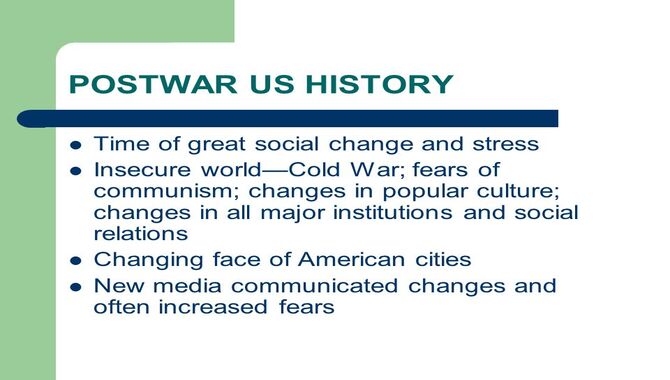
During the early decades of the Cold War era. The culture of America changed drastically due to the war of ideologies. Fear of communism and anti-communist rhetoric became prominent in society. This made people increasingly sensitive towards terms like socialism and communism. As these terms were associated with communism and socialism, respectively.
Intense cultural opposition also grew to these terms as people feared communism would spread. The war of ideologies also increased government defense budgets, which created committees to root out communists subversively. However, governments’ efforts failed as communism went mainstream in society.
With communism becoming a part of popular culture, people began to live their lives differently. Fear of nuclear war affected how they lived as they began to self-censor themselves. And become more cautious about politics and world affairs. The war of ideologies had lasting effects on society as it shaped its culture for years to come.
The Role Of Television In American Culture During The Cold War
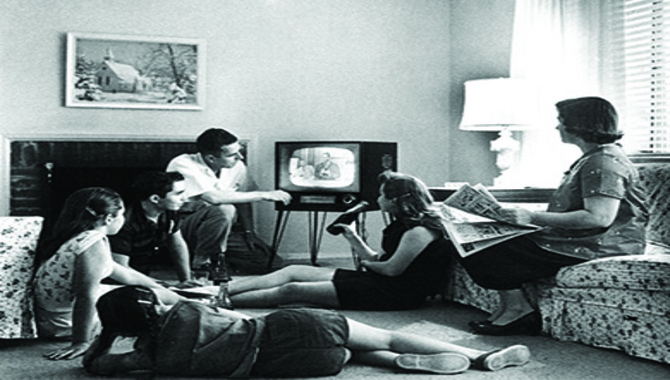
The Cold War was a period of heightened geopolitical tension between the United States and the Soviet Union. This period saw the rise of television as a popular medium for entertainment and news in the United States. Several factors, including technological innovation, government policies, and consumer demand, influenced the emergence of television in the United States.
One major factor that contributed to the rise of television in America was technological innovation. The development of electronic television sets allowed for more realistic images and sound, making watching T.V. more engaging for viewers. Another factor that contributed to the rise of television in America was government policies.
The Federal Communications Commission (FCC) regulated the airwaves used by T.V. stations to ensure fair competition and access for all Americans. Moreover, many rural areas lacked access to broadcast signals. So T.V. producers took advantage of this opportunity to reach new audiences.
Consumer demand was the final factor that contributed to the rise of television in America. As Americans became more affluent and sought entertainment options other than movies or live theater, they turned to T.V. as entertainment.
Conclusion
The Cold War was a period of fear and paranoia as the world faced the threat of nuclear war. It was also when people became accustomed to constant changes as technology developed at an ever-accelerating rate. There are many lasting effects of the Cold War on American culture, and it is important to learn about them so that our children’s generation does not repeat them.
The impact of war, civil rights movements, and changing technology were all key facets of American culture during this historical period.
We have explored some of the most significant effects of the Cold War on American culture. By reading through this article, you will learn about how the Cold War affected everyday life and popular culture.
Frequently Asked Questions
What Were Some Of The Consequences Of This Influence On American Culture?
Some of the main consequences of this influence on American culture include heightened stress levels, anxiety, and depression. Additionally, the war caused a lack of trust between citizens and the government and a zealous streak of American pride. This led to internal conflict and potential devastation as people fought for their beliefs. The war also affected domestic policy and people’s search for the ‘American Dream.’
Which Aspects Of American Culture Were Most Affected By The Cold War, And Why?
The Cold War dominated many aspects of American society for much of the second half of the twentieth century. Some of the most visible changes that came as a result of this enduring political and social conflict include fear.
And paranoia among the public, popular culture reflecting anxieties, questioning assumptions of both the government and the public. Red scare causing Americans to reevaluate their daily interactions and beliefs, and an overall period of fear and trepidation. d.
What Are Some Examples Of Propaganda From That Period That Show How Kept Much Information About The War From Americans?
Some examples of Soviet propaganda from that period that show how kept much information about the war from Americans are as follows:
1.Soviets used propaganda to conceal the extent of their successes in America from the 1920s to the end of the Cold War. This involved using propaganda outlets like the media, Hollywood, and popular culture to spread false information to the general public.
2.Evidence shows that they employed Soviet sympathizers and spies in U.S. government offices. Use them to manipulate American policy and spy on U.S. citizens.
What Are Some Famous Examples Of Cultural Artifacts Created During The Cold War?
Some famous examples of cultural artifacts created during the Cold War are the Space Shuttle and the Vietnam War Memorial. The Space Shuttle was a spacecraft used to carry astronauts into and out of space. The shuttle was also used as a research platform. Transporting people and cargo to and from orbiting facilities like the International Space Station.
What Are Some Popular Conspiracy Theories About The Cold War?
There are a variety of popular conspiracy theories about the Cold War, some of which are explored in The Manchurian Candidate, a novel by Richard Condon, and its film adaptation.
These include the idea that the U.S. government was behind the assassination of Soviet leader Nikita Khrushchev and the fear that communism would take over the world.

I’m a writer and blogger who loves to talk about entertainment, culture, and relationships. I love to share my thoughts and insights on these topics, and I’m always looking for new ways to engage with my readers. I’m also a big fan of learning new things, so I’m always exploring new areas of interest.
